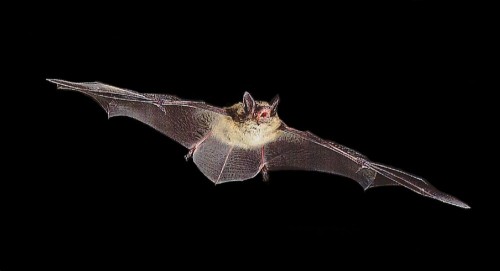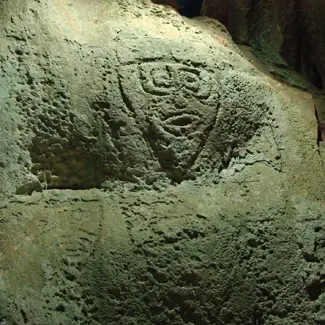Bat Diet Forensics Aid Conservation
Molecular Ecology published a study which states that due to molecular technology, researchers know the diet of bats, although these night mammals feed on the wing and in the dark.
Dr. Elizabeth Clare at the Bristol University, U.K., the main author, underlined the importance of understanding the existence of Myotis lucifugus within its ecosystem proves to be essential for this bat’s conservation.
The fungal disease threatening this species is called the “white nose syndrome”. Analyzing the bat’s food chain, a model was created by researchers; its role was to understand non-living and living agents in the animal’s ecosystem.
The bat colonies living in agricultural regions were compared to the population living in a Canadian conservation area.
Over several months, bat guano was gathered from every roost. DNA samples were extracted and analyzed in order to observe the bats’ diet. The DNA barcodes they managed to gather comprised 5 categories of arachnids and 61 categories of insects.
Clare declared: “This technology is very new. It gives us an entirely new insight into the bats’ behavior. Instead of just finding they ate a moth or a mayfly, we now know exactly what species of insect it was, providing us with important information on their habitat.”
The researchers discovered that the bats consume mostly aquatic insects, mayflies especially. It seems that each bat colony goes to different water sources such as streams, ponds or rivers, whichever is closer.
“Some of the insects they eat come from very specific habitats and have specific pollution tolerances. These ‘environmental indicators’ allow us to reconstruct exactly what their foraging habitat was like,” Dr. Clare mentioned. “It’s a very non-invasive way of tracking their behavior—a bit like looking through someone’s rubbish bin to see where they shop.”
The dietary richness of the bats located in the agricultural region was lower than that of the bats from the conservation area.
Clare said: “This suggests that even small conservation projects can have an impact on the entire food chain. This site has a small patch of forest, a small pond, and a dedicated group of conservation workers. All these components seem to have generated a good environment for the insects and thus the bats they support.”



